
Token Metrics Crypto Indices for Every Life Stage: Your Age-Based Investment Guide

Age Matters: Why One Size Doesn't Fit All
A 25-year-old starting their career has completely different needs, risk tolerance, time horizons, and financial goals than a 55-year-old approaching retirement. Yet most crypto investment advice treats everyone the same.
This one-size-fits-all approach leaves money on the table—or worse, exposes investors to inappropriate risks that could devastate their financial futures.
Token Metrics crypto indices offer flexibility to match any life stage, but knowing which indices and strategies align with your specific age and circumstances determines success or failure.
This guide provides specific, actionable strategies for five distinct life stages, helping you optimize your crypto index investments based on where you are in life right now.
Life Stage 1: Young Professionals (Ages 22-30)
Life Stage Characteristics:
- Early career, lower income but growing
- Minimal financial obligations
- 40+ years until retirement
- Can afford to take risks
- Time to recover from mistakes
The Advantage: Time Is Your Superweapon
At this age, you possess the most valuable investment asset: time. A 40-year time horizon means you can weather multiple complete market cycles, absorb extreme volatility, and benefit from maximum compounding.
Optimal Crypto Allocation: 20-30% of Investment Portfolio
This aggressive allocation makes sense because:
- Long recovery time from potential losses
- Ability to add capital regularly from employment
- Maximum compounding runway
- Career income provides safety net
Recommended Token Metrics Index Strategy
Primary Allocation (50%):
- Momentum Trader Index (Weekly Rebalancing)
- Focus: Maximum growth potential
- Expected Return: 150-400%+ in bull markets
- Rationale: Capture explosive altcoin opportunities
Secondary Allocation (30%):
- AI Agents Index or Sector Rotation
- Focus: Emerging narrative capture
- Expected Return: 200-500% in strong sectors
- Rationale: Position early in transformative trends
Foundation Allocation (20%):
- Balanced Investor Index
- Focus: Core stability
- Expected Return: 80-150% annually
- Rationale: Prevents total portfolio wipeout
Investment Strategy
Contribution Pattern:
- Start: Invest $200-$500 monthly via DCA
- Increase: Raise contributions 15% annually with raises
- Windfalls: Allocate 50% of bonuses to crypto indices
- Target: Build $50,000-$100,000 by age 30
Risk Management:
- Maintain 3-month emergency fund in cash (non-crypto)
- Never invest rent/bill money
- Accept 70%+ drawdowns without panic selling
- Use bear markets as accumulation opportunities
Real Example: Jake, 26, software engineer earning $85,000:
- Monthly Crypto Investment: $1,000 (14% of gross income)
- Allocation: 50% Momentum Trader, 30% AI Index, 20% Balanced
- After 4 Years: $48,000 invested → $210,000 portfolio value
- Result: Down payment saved for house, continues building wealth
Key Principles for This Stage
Embrace Volatility: Your time horizon turns volatility into opportunity, not threat.
Prioritize Growth: Conservative strategies waste your time advantage. Aggressive growth makes sense.
Learn Through Experience: Mistakes at this age cost less and teach valuable lessons.
Automate Everything: Set up automatic contributions and stick to the plan regardless of price action.
Life Stage 2: Career Builders (Ages 31-40)
Life Stage Characteristics:
- Peak earning years beginning
- Family obligations often present
- 25-35 years until retirement
- Balancing growth with stability
- Building serious wealth
The Balance: Growth Meets Responsibility
This decade typically involves major life events: marriage, children, home purchases. Crypto strategy must balance aggressive wealth building with increasing responsibilities.
Optimal Crypto Allocation: 15-25% of Investment Portfolio
Still aggressive but slightly moderated to account for family obligations and shorter time horizon.
Recommended Token Metrics Index Strategy
Core Allocation (40%):
- Value Investor Index (Annual Rebalancing)
- Focus: Quality and stability
- Expected Return: 60-120% in bull markets
- Rationale: Provides foundation for family security
Growth Allocation (35%):
- Balanced Investor Index (Quarterly)
- Focus: Steady appreciation
- Expected Return: 80-150% annually
- Rationale: Maintains growth while managing risk
Opportunity Allocation (25%):
- Sector Indices (Layer 1, DeFi, AI)
- Focus: Strategic sector exposure
- Expected Return: 100-250% in strong sectors
- Rationale: Capture upside without excessive concentration
Investment Strategy
Contribution Pattern:
- Regular: $1,500-$3,000 monthly
- Increase: 10% annually with income growth
- Year-end: 30-40% of bonuses to indices
- Target: Reach $500,000-$1,000,000 by age 40
Risk Management:
- 6-month emergency fund (important with family)
- Life insurance and disability coverage
- Rebalance to target allocations quarterly
- Take profits at major milestones (50%, 100% gains)
Real Example: Maria, 35, marketing director earning $140,000, married with one child:
- Monthly Crypto Investment: $2,500 (21% of gross income)
- Allocation: 40% Value, 35% Balanced, 25% Sectors
- Current Portfolio: $420,000 after 6 years investing
- Strategy: Building toward early retirement at 50
Key Principles for This Stage
Quality Over Speculation: Focus shifts from maximum risk to optimal risk-adjusted returns.
Systematic Profit-Taking: Lock in gains to fund major life goals (education, home upgrades).
Integration with Overall Plan: Crypto complements, not replaces, comprehensive financial planning.
Maintain Discipline: Avoid FOMO or panic even as stakes increase.
Life Stage 3: Peak Earners (Ages 41-50)
Life Stage Characteristics:
- Highest earning years
- Significant accumulated wealth
- 15-25 years until retirement
- Risk tolerance moderating
- Focus on preservation and growth
The Shift: Protecting What You've Built
By your 40s, you've accumulated substantial assets. Losing 50% means more in absolute dollars even if percentage risk tolerance remains similar. Strategy emphasizes preservation alongside continued growth.
Optimal Crypto Allocation: 10-20% of Investment Portfolio
More conservative allocation reflects shorter time horizon and larger absolute capital at risk.
Recommended Token Metrics Index Strategy
Foundation Allocation (60%):
- Value Investor Index
- Focus: Large-cap quality tokens
- Expected Return: 50-100% in bull markets
- Rationale: Capital preservation with participation
Balanced Growth (25%):
- Balanced Investor Index
- Focus: Moderate risk/reward
- Expected Return: 70-120% annually
- Rationale: Maintain growth trajectory
Strategic Opportunities (15%):
- RWA Index or Conservative Sector Play
- Focus: Institutional-grade exposure
- Expected Return: 60-150% with lower volatility
- Rationale: Quality growth with institutional validation
Investment Strategy
Contribution Pattern:
- Regular: $3,000-$6,000 monthly
- Focus: Maximize contributions while peak earning
- Bonuses: 30% to crypto, 70% to traditional retirement
- Target: $1,500,000-$3,000,000 by age 50
Risk Management:
- 12-month emergency fund
- Comprehensive insurance coverage
- Estate planning with crypto provisions
- Regular rebalancing (quarterly)
- Begin taking partial profits systematically
Real Example: Robert, 46, executive earning $250,000, married with two teenagers:
- Monthly Crypto Investment: $5,000 (24% of gross)
- Allocation: 60% Value, 25% Balanced, 15% RWA
- Current Portfolio: $1,800,000
- Plan: Retire at 55 with $4,000,000+ crypto portfolio
Key Principles for This Stage
Shift to Preservation: Protecting capital becomes equally important as growing it.
Tax Optimization: High income makes tax-efficient strategies crucial.
Reduced Volatility Tolerance: Absolute dollar swings become harder to stomach.
Strategic Profit-Taking: Regularly move gains to diversified traditional assets.
Life Stage 4: Pre-Retirees (Ages 51-65)
Life Stage Characteristics:
- Approaching or early retirement
- Wealth preservation priority
- 5-15 years until full retirement
- Cannot afford major losses
- Beginning income generation focus
Click here to signup for free trial account!
The Transition: Growth to Income
As retirement approaches, strategy fundamentally shifts from accumulation to preservation and income generation. Crypto allocation becomes more conservative with focus on stability.
Optimal Crypto Allocation: 5-15% of Investment Portfolio
Conservative allocation appropriate for shorter time horizon and lower risk tolerance.
Get Started For Free
Recommended Token Metrics Index Strategy
Core Stability (70%):
- Value Investor Index (Annual Rebalancing)
- Focus: Bitcoin/Ethereum heavy, established projects
- Expected Return: 30-60% in bull markets
- Rationale: Participate with minimal risk
Income Generation (20%):
- DeFi Index
- Focus: Yield-generating protocols
- Expected Return: 40-80% plus 5-15% yields
- Rationale: Begin generating crypto income streams
Strategic Position (10%):
- Balanced Index or Conservative Sector
- Focus: Quality growth without excessive risk
- Expected Return: 50-100% in favorable conditions
- Rationale: Maintain some upside exposure
Investment Strategy
Contribution Pattern:
- Reduce: $2,000-$4,000 monthly (portfolio doing heavy lifting)
- Final Push: Maximize contributions in final working years
- Transition: Gradually move from accumulation to distribution
- Target: Maintain or grow portfolio while beginning withdrawals
Risk Management:
- 18-24 month cash reserves
- Begin systematic profit-taking
- Reduce crypto allocation gradually (1-2% per year)
- Develop withdrawal strategy for retirement income
- Coordinate with Social Security and pension timing
Real Example: Linda, 58, physician earning $320,000, planning to retire at 62:
- Monthly Crypto Investment: $3,000 (maintaining position)
- Allocation: 70% Value, 20% DeFi, 10% Balanced
- Current Portfolio: $2,400,000
- Plan: Generate $120,000 annual income (5% withdrawal) in retirement
Key Principles for This Stage
Capital Preservation Paramount: Cannot afford to lose significant capital this close to retirement.
Income Focus Begins: Shift toward income-generating strategies.
Gradual De-Risking: Systematically reduce crypto exposure as retirement nears.
Diversification Critical: Crypto should complement, not dominate, retirement assets.
Life Stage 5: Retirees (Ages 65+)
Life Stage Characteristics:
- Living on investment income
- Capital preservation critical
- Limited ability to earn more
- Healthcare costs increasing
- Legacy planning focus
The Reality: Preservation and Income
At this stage, you cannot afford significant losses. Crypto allocation must be minimal, ultra-conservative, and focused on income generation rather than growth.
Optimal Crypto Allocation: 3-10% of Investment Portfolio
Very conservative allocation appropriate for capital preservation priority and limited recovery ability.
Recommended Token Metrics Index Strategy
Ultra-Conservative Core (80%):
- Value Investor Index
- Focus: Maximum stability, Bitcoin/Ethereum dominant
- Expected Return: 20-40% in bull markets
- Rationale: Preserve capital, modest growth
Income Focus (20%):
- DeFi Index
- Focus: Stable yield generation
- Expected Return: 30-50% plus 5-10% yields
- Rationale: Supplement retirement income
Investment Strategy
Contribution Pattern:
- New Contributions: Minimal or none (living on assets)
- Withdrawals: 2-4% annually for supplemental income
- Rebalancing: Annual, conservative approach
- Target: Preserve capital, generate modest income
Risk Management:
- 24-36 month cash reserves
- Never risk money needed for living expenses
- Healthcare fund separate from investment assets
- Clear estate plan with crypto provisions
- Conservative withdrawal rates to prevent depletion
Real Example: George, 70, retired, combined portfolio $3,500,000:
- Crypto Allocation: $245,000 (7% of total portfolio)
- Index Strategy: 80% Value, 20% DeFi
- Annual Withdrawal: $8,000 (3.3% of crypto holdings)
- Purpose: Supplements Social Security and pension, leaves legacy
Key Principles for This Stage
Safety First: Cannot afford material losses at this life stage.
Modest Income: Crypto provides supplemental income, not primary support.
Simple Strategy: Complexity increases error risk; keep it simple.
Legacy Planning: Include crypto in estate planning for heirs.
Cross-Stage Strategies
Certain principles apply regardless of age:
The Transition Protocol
When moving between life stages, gradually adjust allocations over 12-24 months rather than dramatic shifts.
Example Transition (Age 39 → 41):
- Year 1: Shift 5% from Momentum to Value Index
- Year 2: Shift another 5%, add DeFi Index
- Result: Smooth transition preventing timing mistakes
The Emergency Rule
Regardless of age, if you lose your job or face financial crisis:
- Stop crypto contributions immediately
- Don't panic sell (unless truly necessary)
- Use emergency fund first
- Resume contributions when stable
The Inheritance Consideration
Younger family members inheriting your crypto portfolio will have different time horizons. Consider:
- Leaving educational materials about indices
- Setting up trust structures if appropriate
- Documenting your strategy and reasoning
- Providing guidance for their life stage
Your Action Plan
Determine which life stage describes you, then:
This Week:
- Calculate appropriate crypto allocation percentage
- Select indices matching your stage
- Determine monthly contribution amount
This Month:
- Subscribe to Token Metrics
- Make initial allocation to chosen indices
- Set up automatic contributions
- Document your strategy
This Quarter:
- Review performance without emotional reaction
- Confirm strategy still appropriate
- Adjust if major life changes occurred
- Stay the course if on track
Annually:
- Reassess life stage and adjust if needed
- Rebalance to target allocations
- Update contribution amounts
- Plan for next stage transition
The Bottom Line
Your age isn't just a number—it's a critical factor determining optimal crypto index strategy. Young professionals can embrace volatility; retirees must prioritize preservation.
Token Metrics offers indices for every life stage. The key is honest self-assessment about where you are in life and aligning your strategy accordingly.
Match your strategy to your stage. Invest with discipline. Adjust as life evolves.
That's how crypto indices build wealth across a lifetime.
Get Started For Free
Click here to signup for free trial account!
Ready to implement your life-stage strategy? Visit Token Metrics to access indices optimized for your age and goals.

.svg)

Create Your Free Token Metrics Account

.png)




%201.svg)
%201.svg)


%201.svg)




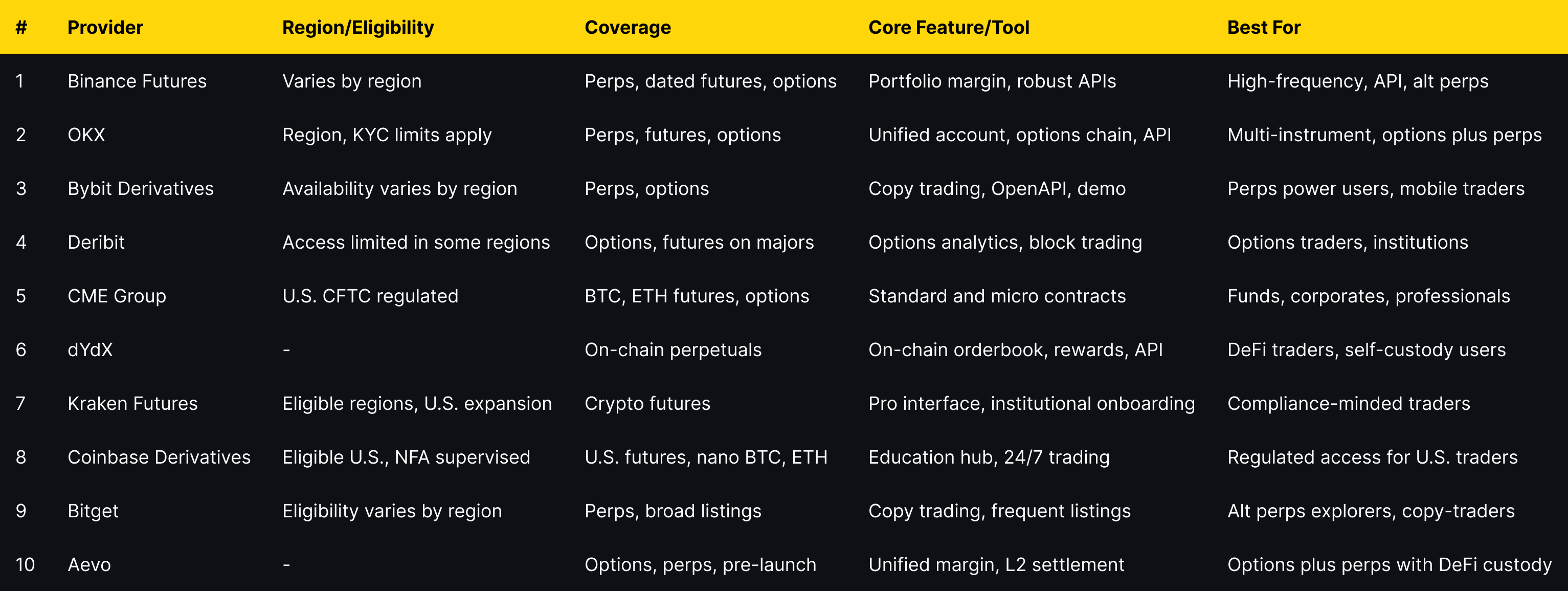
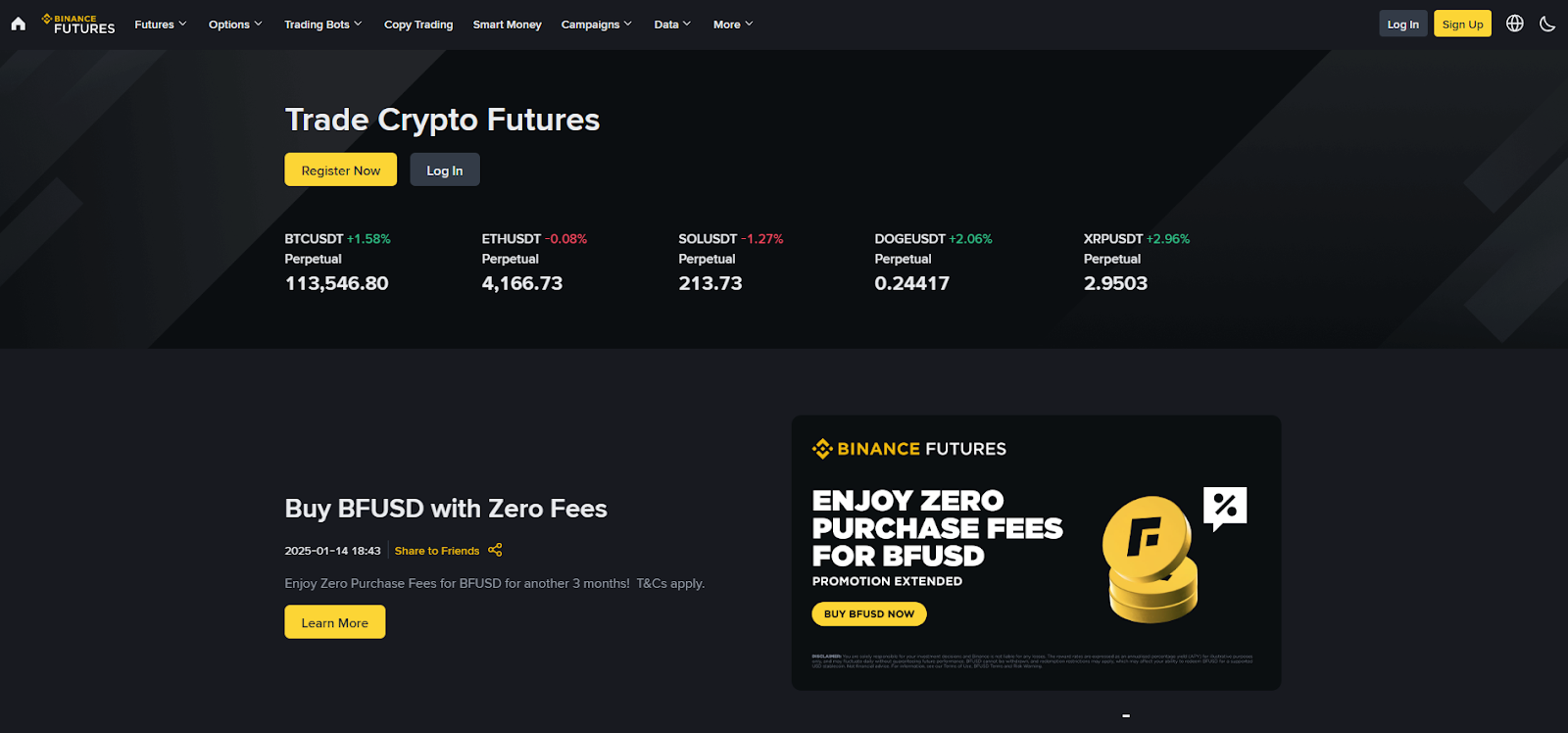
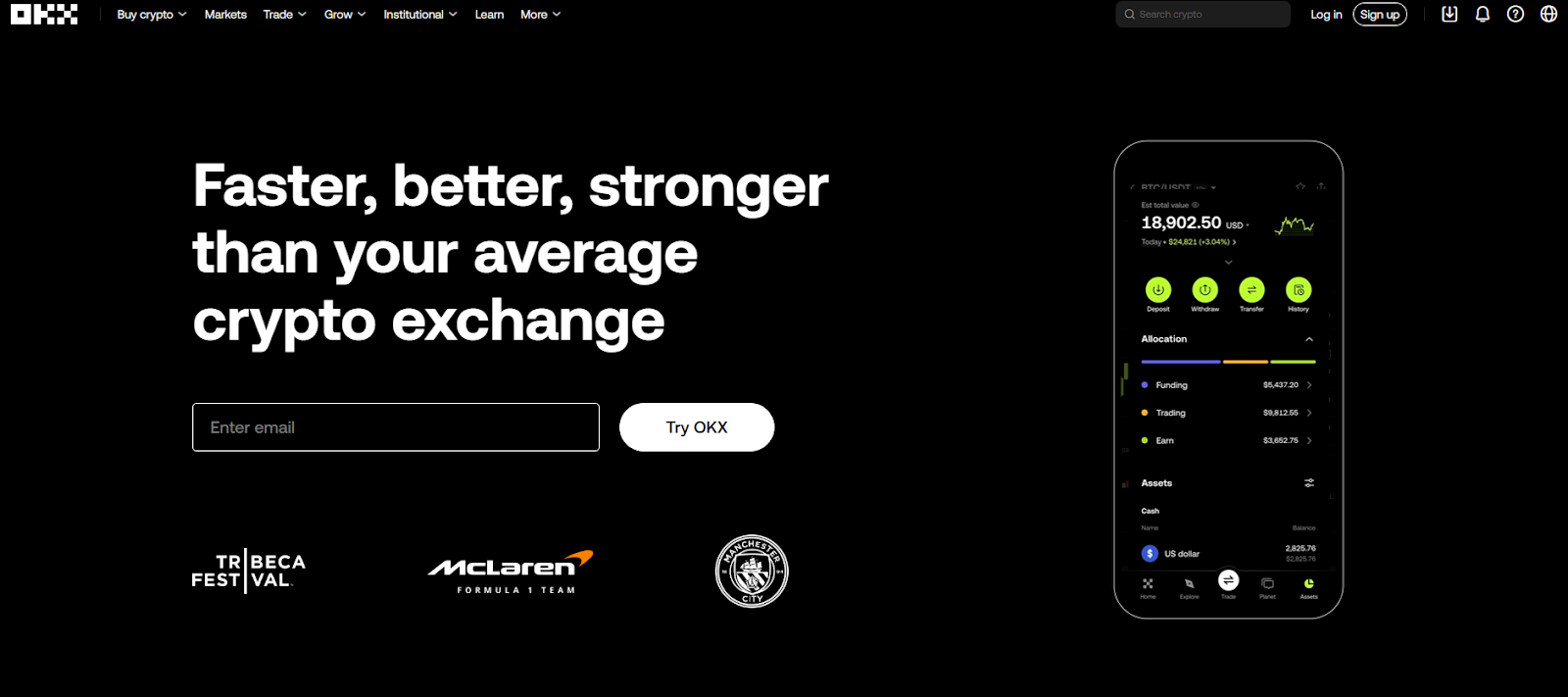
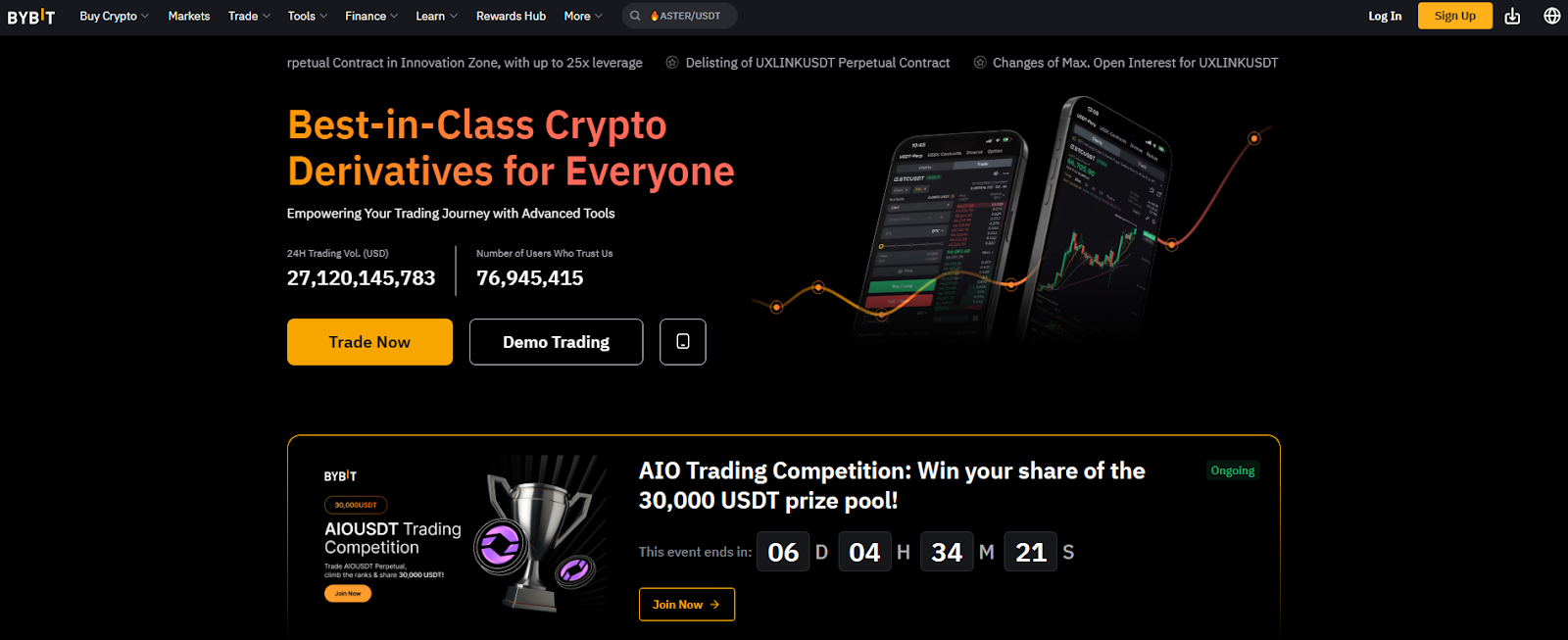








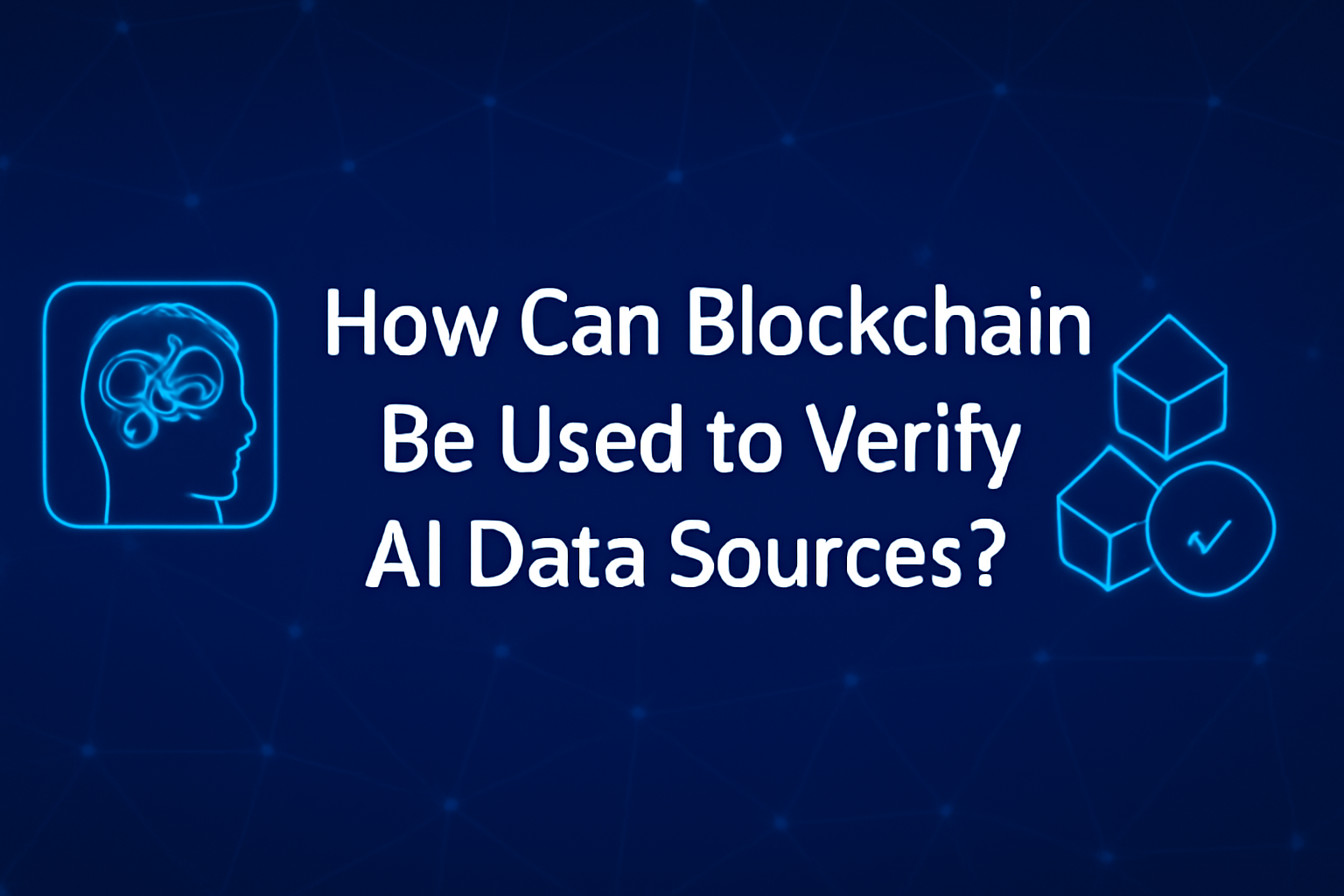



.svg)




.png)